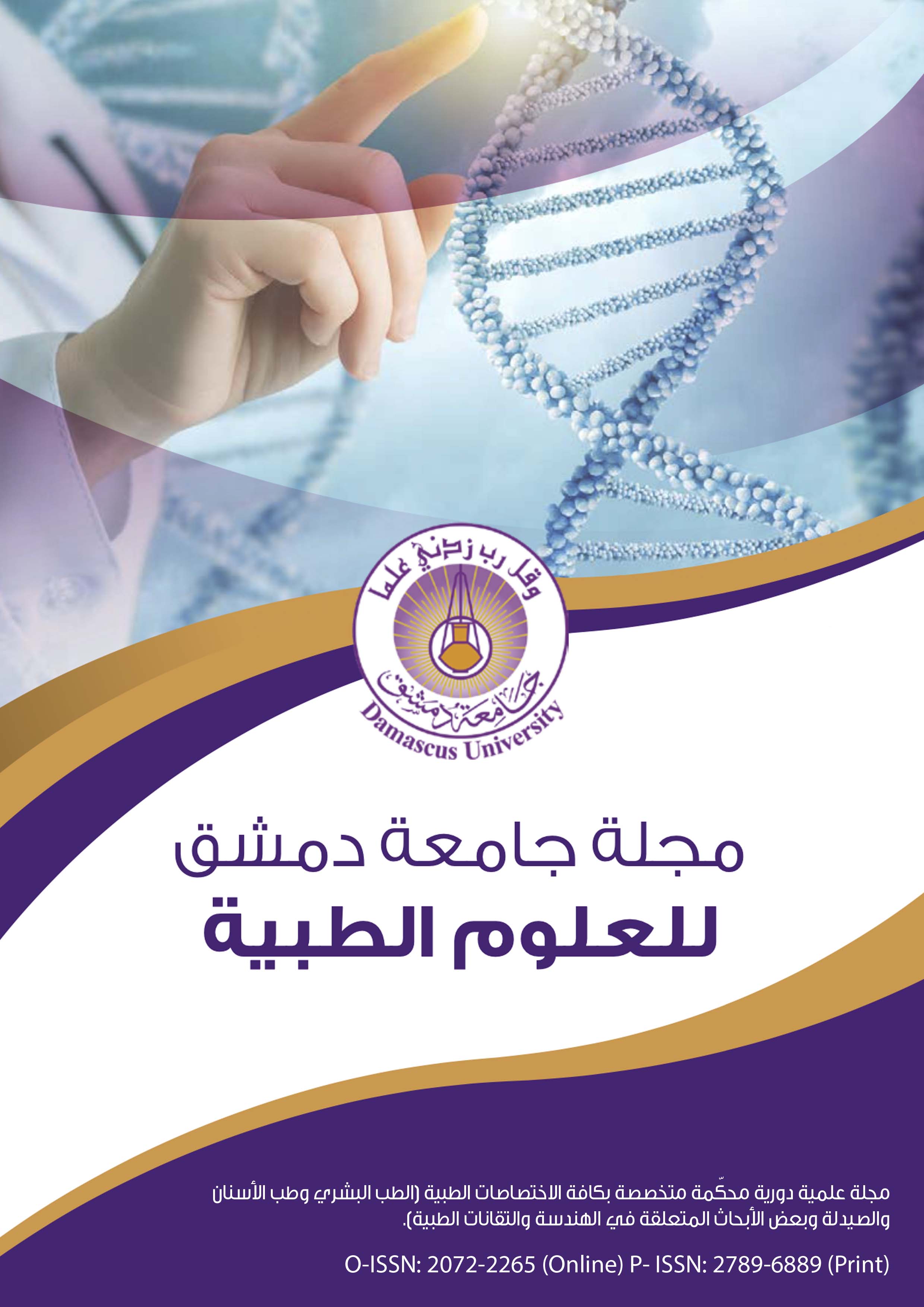Endovascular interventions for renovascular lesions: A case series
Keywords:
Endovascular Interventions , Renovascular Diseases, Arterial HypertensionAbstract
The “Renovascular disease” refers to a heterogenous group of diseases that affect the structure of renal arteries determining deterioration of renal tissue which leads subsequently to Renovascular hypertension, dialysis, elevated cardiovascular morbidity and mortality. Endovascular interventions have widely replaced open surgical procedures as a treatment of choice for a wide range of renovascular diseases; these interventions can reduce the complications rate, minimize blood loss, shorten the hospital stay and preserve the renal function.
- Objectives: This case series aims to represent different applications of endovascular interventions in the management of various complicated renovascular diseases and to clarify the role of these interventions in the risk reduction, renal function preservation and the patient’s response.
- Methodology: the cases were diagnosed and managed by the author in collaboration with other competent specialties, based on the available evidences, the author’s opinion and the known guidelines. The patient’s medical records were collected during the diagnosis, para-intervention and post-intervention phases.
- Results: renal artery stenosis of various pathologies, bilateral renal artery aneurysms, arterio-venous malformation and a case of renal cell carcinoma embolization were treated. All these cases were managed with technical success and clinical improvement without remarkable complications.
- Conclusion: endovascular interventions might represent an effective method to manage renal arterial diseases with lower complications rate. However, the results of this case series should be included in larger volume studies.
Downloads
Download data is not yet available.
Downloads
Published
2025-02-18
Issue
Section
المقالات
How to Cite
Endovascular interventions for renovascular lesions: A case series. (2025). Damascus University Journal for Medical Sciences, 41(1). https://journal.damascusuniversity.edu.sy/index.php/heaj/article/view/13992

